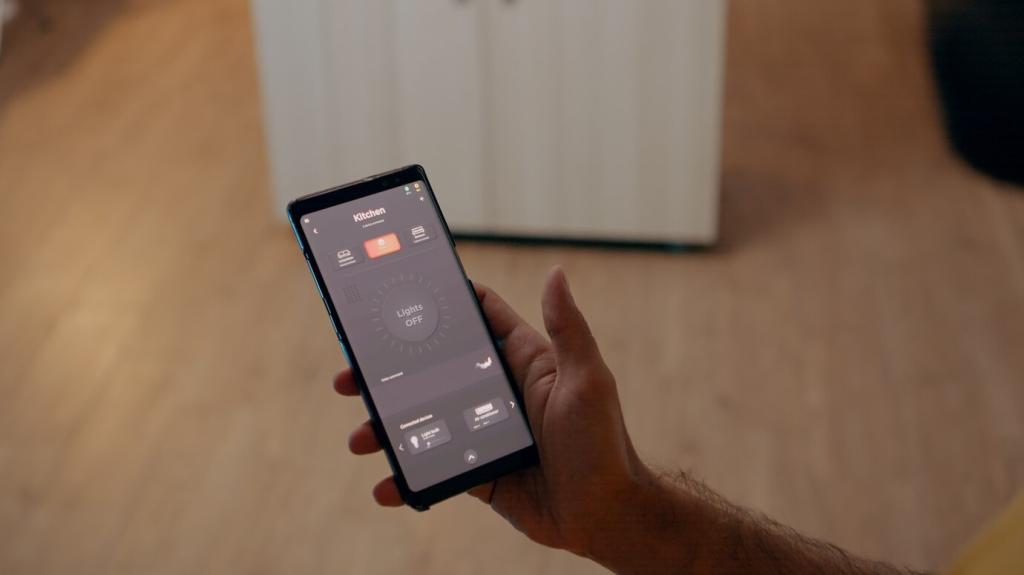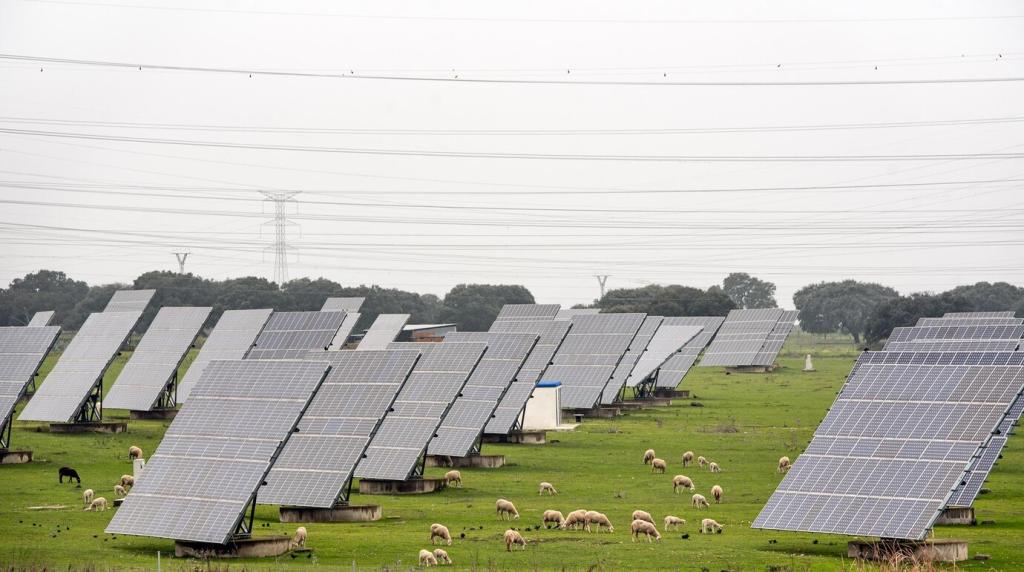Data, Transparency, and Continuous Improvement
Publishing station-by-station uptime, session success rates, and repair times sets a higher bar. Independent audits validate claims and reveal weak links. Drivers can plan with confidence, and operators can prioritize fixes that deliver the biggest reliability gains.
Data, Transparency, and Continuous Improvement
Encrypted communications, hardened firmware processes, and role-based access protect sessions and billing. Regular penetration tests and secure update pipelines reduce risks. Enhancements include rapid revocation of compromised certificates and privacy policies that respect driver data while enabling operational insights.
Data, Transparency, and Continuous Improvement
QR codes on pedestals, in-app issue reporting, and simple phone hotlines capture problems fast. Publishing response timelines and fix outcomes closes the loop. Tell us which feedback tools you trust—and where they failed—so we can compile patterns that truly move the needle.









